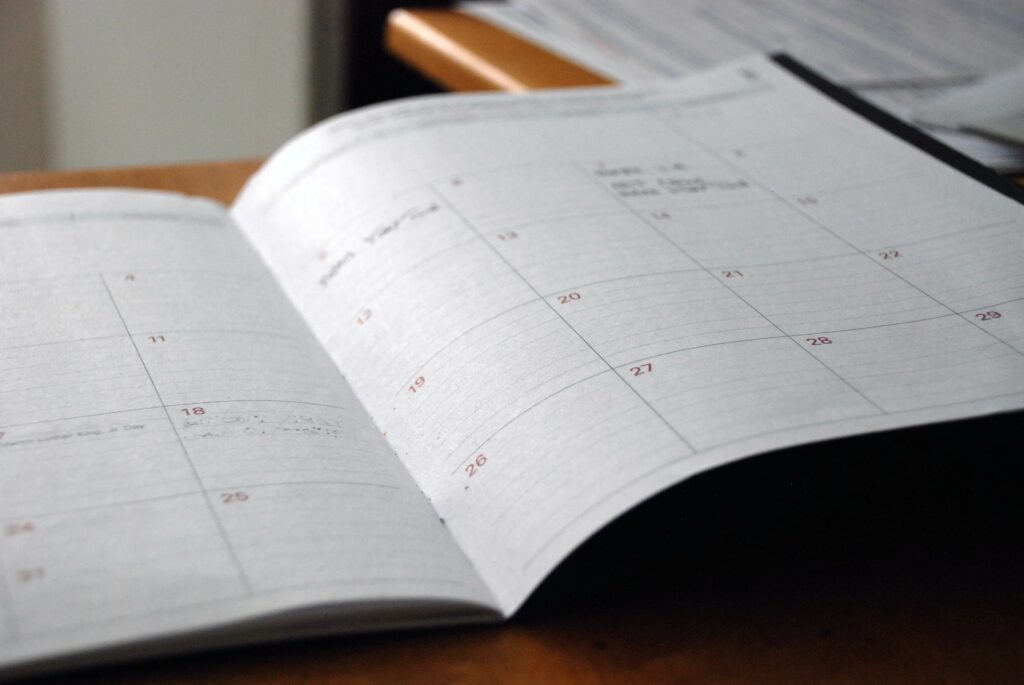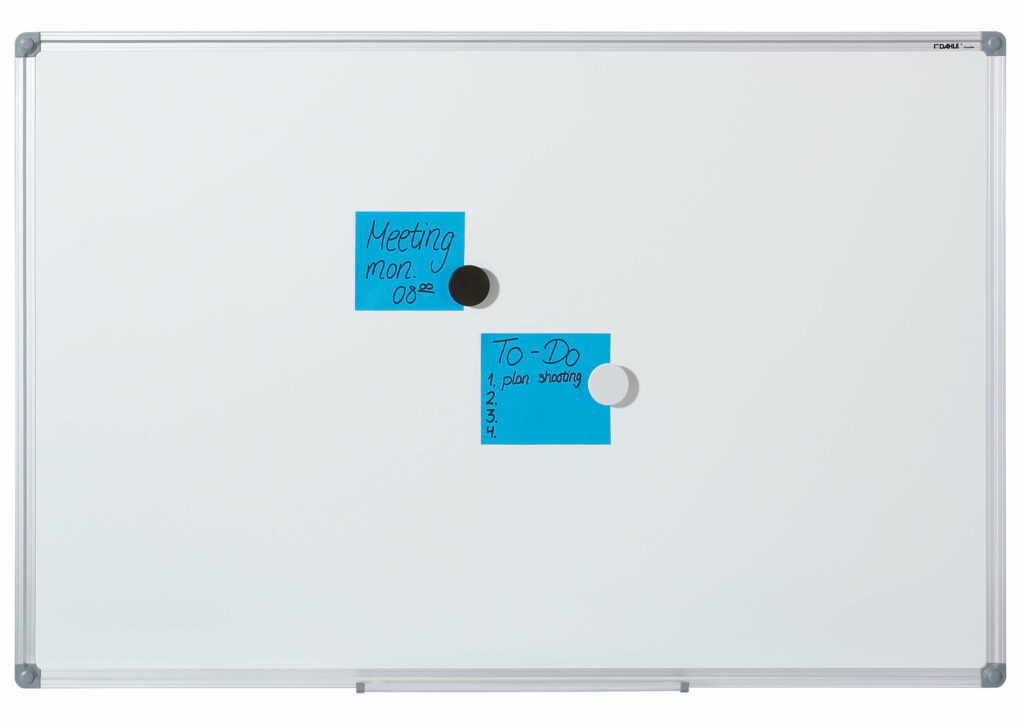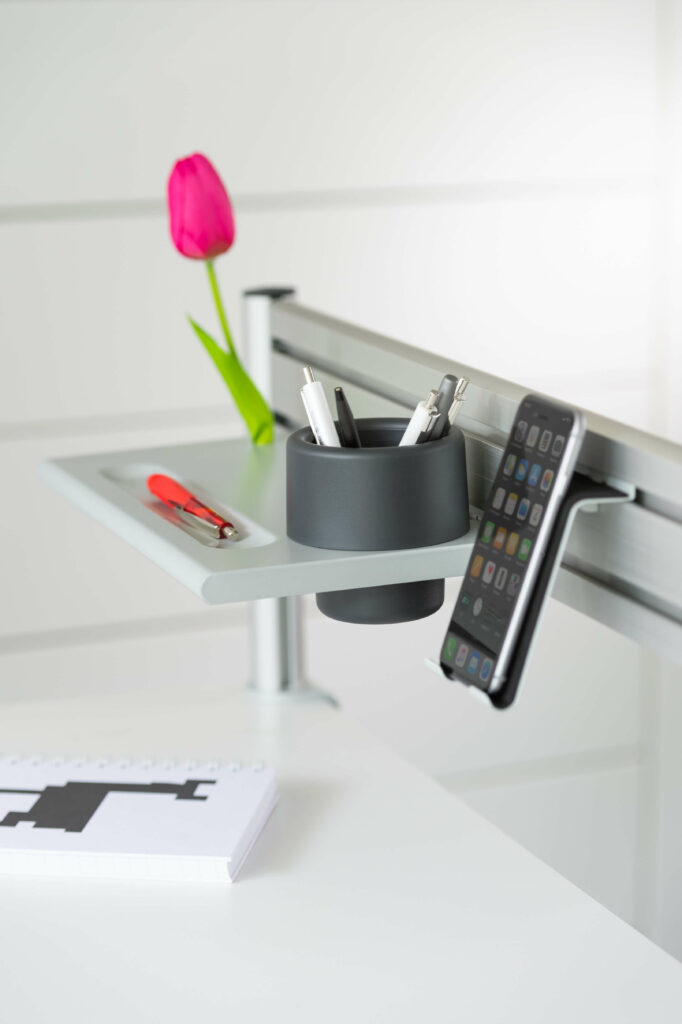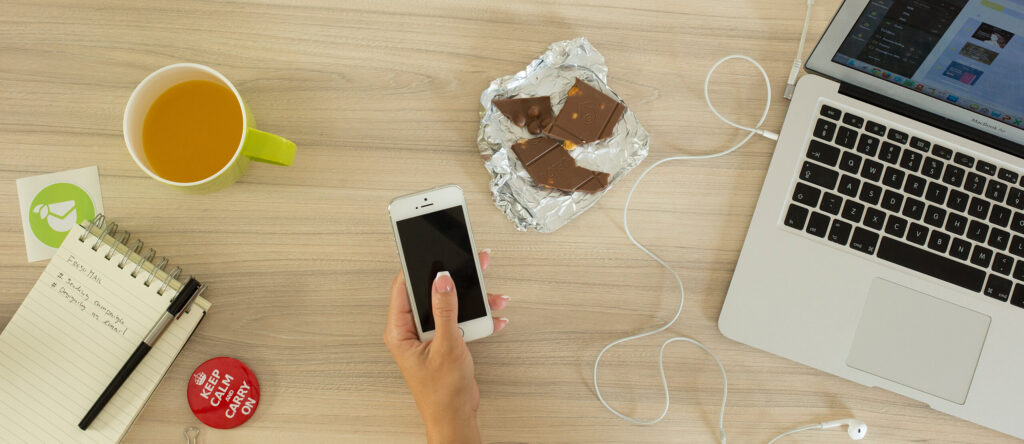How to turn an emergency solution into a family support facility
Covid means many parents are working from home. Even if that brings new parenting challenges, working from home with children also has benefits. For example, you don’t have to commute to the office, and you can be much more flexible in how you structure your day. The time you save can be spent on better things, for example your family. Nothing is more precious than happy moments with your children! We have compiled a few tips to help you easily combine home office and childcare, and a few crafting ideas you can try out during the time you spend together.
Stay flexible with structure: how to combine childcare and working from home
Your child is off to school today, but not tomorrow. Or in school this week, but not the next. And the daycare centre has cut its hours. You as parents are expected to be flexible, to handle everything external parties (school, daycare, employer) demand of you. Create flexible structures with organisation blocks by planning every possible scenario for the next few weeks. Represent different situations visually for a better overview, for example by using a whiteboard:
- How is a day structured if your child has to go to school? You can call this scenario e.g. “Plan Blue”.
- What does a day look like if your child is not in school? You could give this structure the name “Plan Green”.
- How do you manage a day when your child can only be at the daycare centre for shorter opening hours? This plan could be called e.g. “Yellow”.

Create a daily plan for the entire family for each possibility: Who does what when? Remember to consider the following:
- Which parent is responsible for childcare at what times (include taking the child to daycare etc., if applicable!)? What has to be done during this time (home schooling, housework etc.)?
- Which parent works where in which scenario (at home or in the office)? What arrangements will that require with your boss/your colleagues?
- When are there periods where you have to work from home and take care of your children at the same time? How do you keep your children busy during these periods so you can work in peace? What tasks do you perform during this time, and which ones would be better postponed to a child-free time? To what extent do your colleagues/your boss have to know about that?
Record these daily plans in writing – e.g. on a whiteboard you put up somewhere where everyone can easily see it. Use coloured magnets on a weekly planner to flexibly determine when which plan applies, e.g. by placing the blue magnet on the Monday.
Visualise rules in an age-appropriate way
You’ve probably set family rules over the past months to help you better get through your time working from home. Rules should also be written down – e.g. on the organisation board. If you have children who cannot read yet, take photos. The photo for the rule “When the office door is shut, I keep out!”, for example, could look like this: the child stands in front of the closed door holding up an admonitory index finger. Stick the photo to the board and a second copy to the office door. Small children rarely break rules intentionally; they just forget. Remind them at the location where the rule applies.

Tools to help you work efficiently from your home office:
Create an activity box: crafting ideas for time spent with your children
Both for when you have to work and for time you spend with your children, these tips and handy crafting instructions will bring some variety to your daily routine and keep your children entertained.
Divide up housework so you have more time together in the evening
Depending on their age, you can assign your children small chores.
- Children can for example empty the dishwasher, hang up laundry, water the garden, chop vegetables for lunch, or pop to the shops if they’re a little older.
- Older siblings can tidy up together with the younger children.
Explain that by completing their assigned tasks they are helping to free up more time that the whole family can spend together in the evening. It’s important to remember that these chores don’t always have to be perfectly done for your children to deserve some praise!
Organise “remote childcare”
What’s Grandma up to these days? In-person meetings may have to be approached with care, but luckily there are now a large number of digital options for keeping in touch with family members who don’t live close by. Why not use them for “remote childcare”? If your children are old enough, they can video chat with Granny, talk on the phone with their aunt or spend additional time on WhatsApp with friends. Maintaining contact is important, all the more in times of social distancing.

Crafting to beat the boredom and for a nicer home
Craft with your children: prepare Halloween decorations, a treat for their upcoming first day of school or something to brighten up your garden. All done? The early bird catches the worm, so why not already start thinking about an Advent calendar or a carnival costume? If your children are old enough, they can complete these craft projects without your help, e.g. while you’re at work in your home office.
Create play assignments in advance
Create a supply of “play assignments” such as making window decorations or greeting cards for friends and family. Prepare the necessary utensils so your children can choose the assignment they are in the mood for or feel up to that day.
What belongs in a children’s craft box:
- Coloured paper, construction paper, cardboard
- Pens and pencils
- Scissors
- Perforator
- Staplers
- Pencil sharpener
- Rotary trimmer for older children
- Glue stick
- Scraps of wool, cloth or felt
- Other household materials such as yoghurt containers or toilet paper rolls
Create a workstation you can use in the long term
Not every home has a study. In the short term, stopgaps are acceptable, but in the long term they are annoying. The GDPR is just one reason it’s time you set up your home office in a separate room. Maybe you have a guest room, a sewing or ironing room.

Of course there will usually be things in there that can’t simply be put away somewhere else – sewing utensils or socks, maybe. So create a second level on the table: you can do that with a more space system.
Tidy tray systems structure your workday routine: attach tray systems to the flexible support arms so that everything you don’t need right now is off the table. The monitor support arms allow you to easily turn the screen to the side.
A more space system will also save you having to constantly move things around. If your workstation is needed for homework later on, you can quickly move your working utensils aside.
It lasts as long as it lasts
You will probably find yourselves wondering many times when all this will finally be over. Acceptance is an important resilience factor. Your mental attitude can help you not to invest unnecessary energy in attempting to change what cannot be changed. Adjust your expectations to the situation and use the energy you save for the really important things – for example for following plans you have made.
And perhaps you’ll discover things you like, even in these seemingly aimless times. Troubled times can also be an opportunity to establish something new.
